VIREX
A powder disinfectant with a broad spectrum of activity effective against bacteria, yeasts and viruses
Foot and Mouth Disease (FMD) is a highly contagious viral disease that affects livestock, particularly cloven-hoofed ruminants such as cattle, sheep, and goats.
Outbreaks of FMD have a significant economic impact on livestock production and cause disruptions in global trade markets for livestock and related products.
In this context, Kersia supports customers worldwide by offering a comprehensive biosecurity approach to protect farms and livestock.
Type of virus:
FMD virus characteristics:
(Source: WHO, 2021).
👉 Current global situation of the disease, check WHO website: Foot and mouth disease – WOAH – World Organisation for Animal Health

On a farm there are many ways of contamination – external and internal sources might be responsible for an outbreak of a disease. It is essential to check your premises, your work flow structures and your biosecurity program to detect weak spots and adjust accordingly
Strict biosecurity measures and good hygiene practices are essential in protecting against a disease outbreaks and a spreading of this contagious disease.
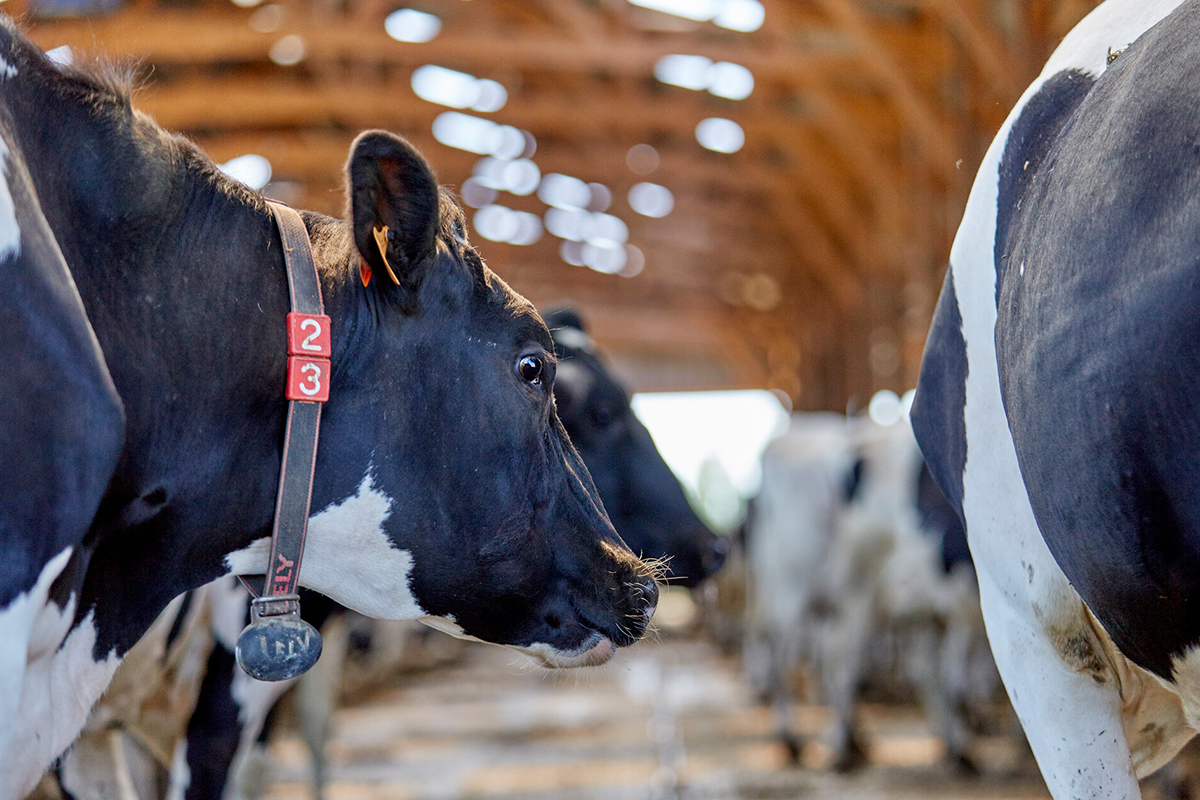
domestic animals, contaminated feces, wildlife, etc.
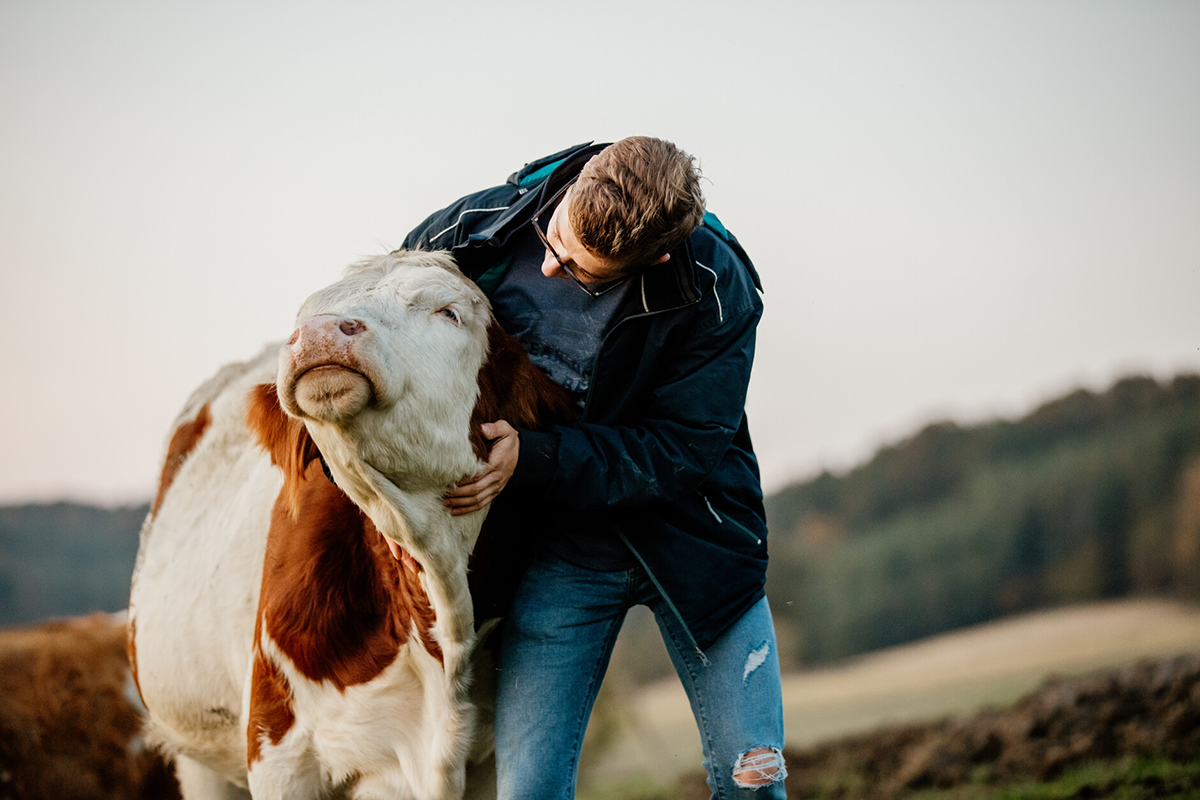
contaminated environment, equipment, vehicles, clothing, etc.
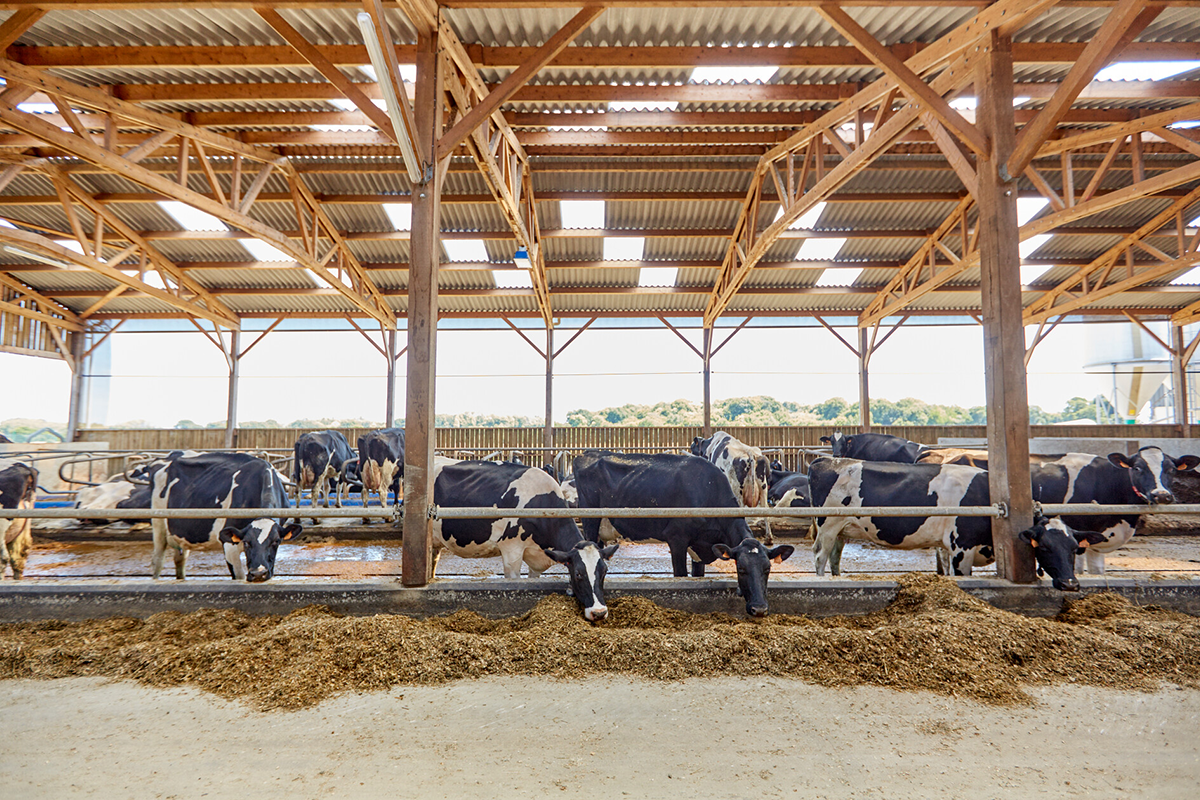

Kersia is committed to supporting farms through offering complete and comprehensive and tested biosecurity products and solutions, through our ‘‘Cleaning, Disinfection and Protection’’ Programs.
Effective cleaning of surfaces and equipment ensures the best possible condition for disinfection.
Successful disinfection is the elimination of micro-organisms through the selection of a proven disinfectant, applied at the correct dilution rate with adequate contact time.
Comprehensive Biosecurity measures are required to prevent micro-organisms from re-entering and contaminating clean buildings and equipment.
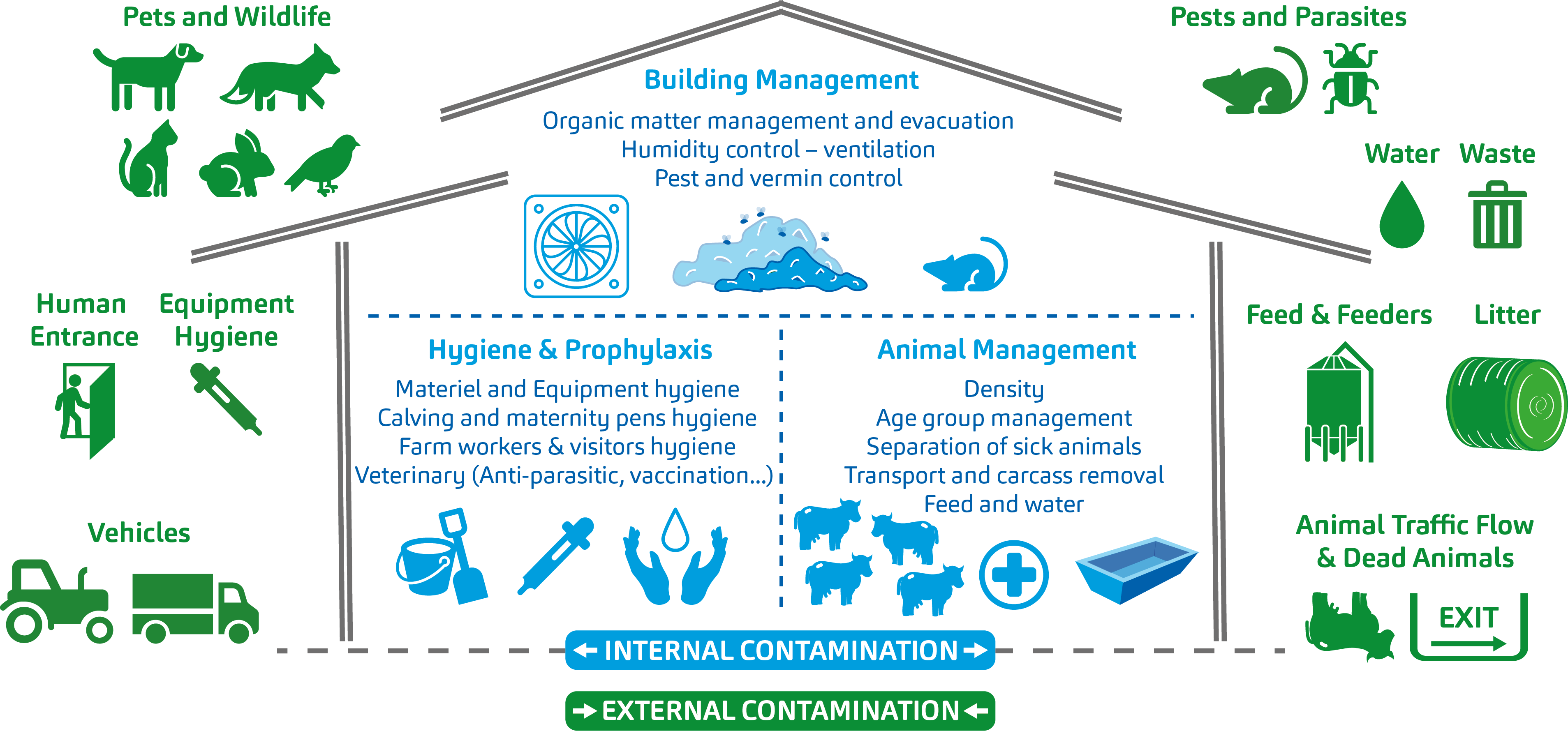

Preventive cleaning, disinfection and protection measures
On farms, ensure the protection of the animals with regards to all the external sources and entrants:
Confinement – Isolation – Crisis Management
If a case is proven, establishment of a management procedure for hazardous areas including
Implement additional measures to prevent Foot and Mouth Disease contamination on your farm:
Kersia is committed to supporting farms through offering complete and comprehensive and tested biosecurity products and solutions to prevent internal and external contamination.
VIREX is efficient against FMD virus at 1g for 1300mL of water according to DEFRA standards (UK).
NOTE: We advise to use VIREX at a rate of 1% for virucidal and bactericidal, and 3% for yeasticidal efficacy according to EN test to offer a broad-spectrum efficacy!
A broad spectrum hand disinfection gel.
A broad spectrum hand disinfection solution.
High performance and long lasting foam alkaline detergent for surfaces and equipment
A pH-neutral and dermatologically tested hand wash lotion.
A powerful alkaline detergent that removes organic matter effectively in all water conditions and temperatures
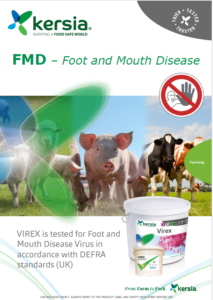
Please be aware that some products and services may not be available in all regions. To verify availability in your area, please contact your local sales representative.